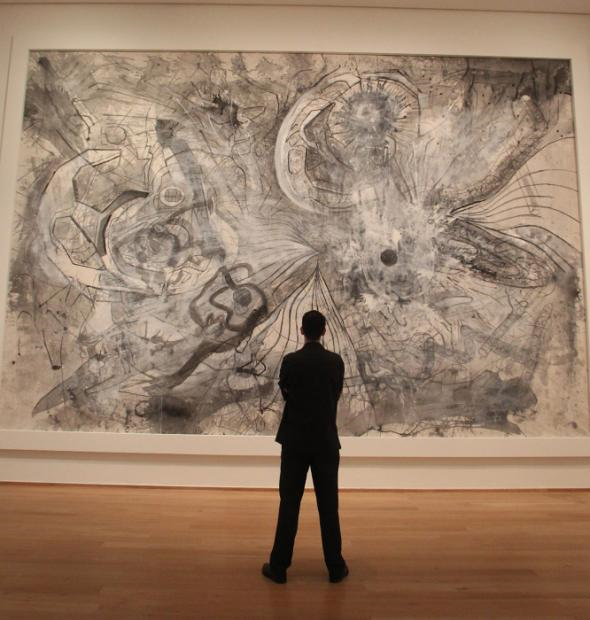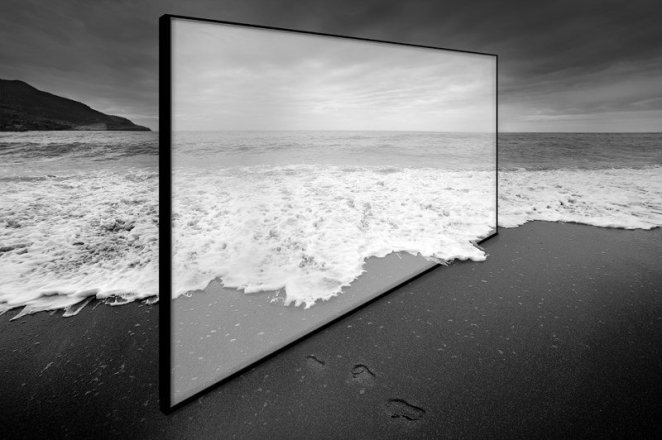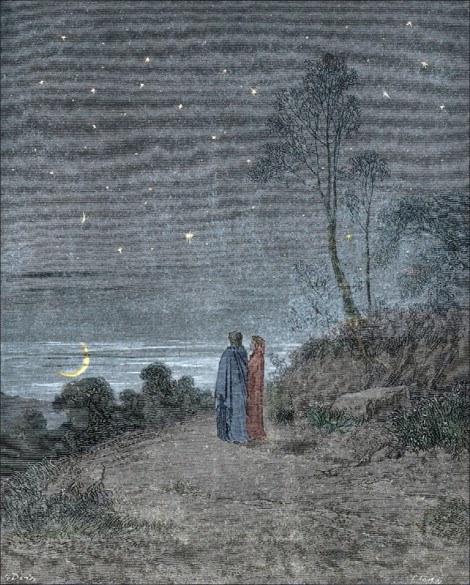art
Virgin Fantasy
…picturing the sublimity of Ascent, or Transcendence, the main feature of the sublime
The Sublime Object
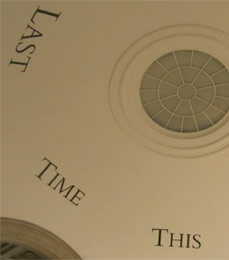 “The Sublime may be described in this way: It is an object (of nature) the representation of which determines the mind to regard the elevation of nature beyond our reach as equivalent to a presentation of ideas.” – Kant: 1964, 119.
“The Sublime may be described in this way: It is an object (of nature) the representation of which determines the mind to regard the elevation of nature beyond our reach as equivalent to a presentation of ideas.” – Kant: 1964, 119.
To this, Zizek replies that, by means of the failure of representation, we can have a sense of the true dimension of the Thing. It causes displeasure because we cannot know it as a concept. We can only know it as an object. That the sublime is unknown is what makes it sublime. Insanity is the same thing.
The Gothic Sublime
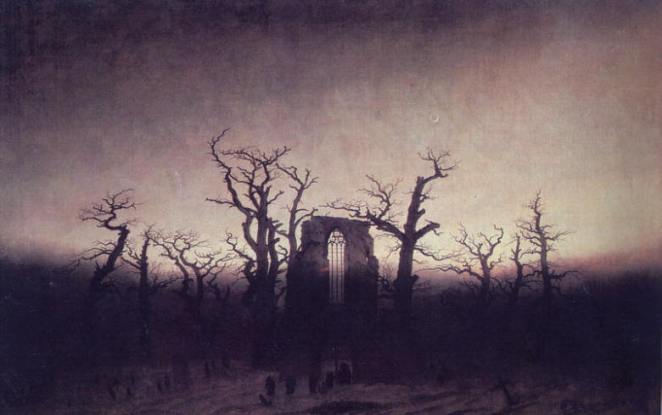
Theory of the Gothic Sublime argues that the sublime figures without transcendence: Confronted with the “colossal,” the “absolutely great,” the mind turned inward into its own unconscious, regressed into its own labyrinth, to discover, in the tangled labyrinth of its dreams, a depth from which it could no longer soar into the grand design of the Kantian/Romantic sublime. In the process (of writing out this confrontation) a marked schizophrenic intensity emerges, both at the level of the subject (forever on the verge of madness) and at the level of the signifying chain (there is a distinct radicalization of the relationship between the signifier and the signified, the word and its referent).
Ultimately, however, we are confronted with a kind of black hole theory of the sublime. The black hole, which surfaces in Piranesi’s paintings, “Interiors measurelessly strange, / Where the distrustful thought may range,” or in Mary Shelley’s feverish handwriting, takes us back to the essential problematic of the Gothic and the Postmodern. The problematic takes two forms. The first, articulated so well by Kant, is the issue of the presentation of the unpresentable. Kant, of course, had seen that the representation of the “colossal,” the absolutely great, can occur only at that moment when reason gives way to imagination for a fleeting moment before it regains its power. What happened during this gap, this lapse, this concession or giving way, is the coming into being of the moment of the sublime. The second, articulated by Schopenhauer and Freud, is the “oceanic sublime,” the sublime as the dissolution of self in death. It is the latter, the compulsion toward our own ends (in death), that explains the inherently apocalyptic tendencies in the Gothic as the subject ingratiatingly gets absorbed into the sublime object.
http://graduate.engl.virginia.edu/enec981/Group/zach.sublime2.html
Objects of the Feeling of the Kantian Sublime
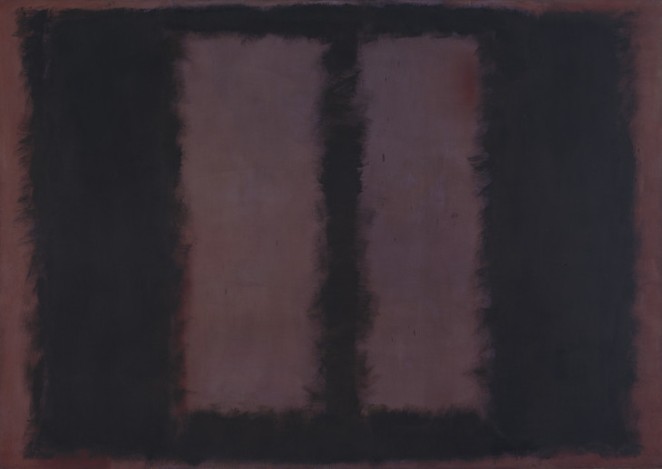
The sublime is in turn of different kinds. Its feeling is sometimes accompanied with a certain dread, or melancholy, in some cases with quiet wonder and in still others with a beauty completely pervading a sublime plan. The first I shall call the terrifying sublime, the second the noble, and the third the splendid. Deep loneliness is sublime, but in a way that stirs terror. Hence, great far-reaching solitudes…have always given us occasion for peopling them with fearsome spirits, goblins, and ghouls. – Kant, Observations on the Feeling of the Beautiful and Sublime, 47-8.

